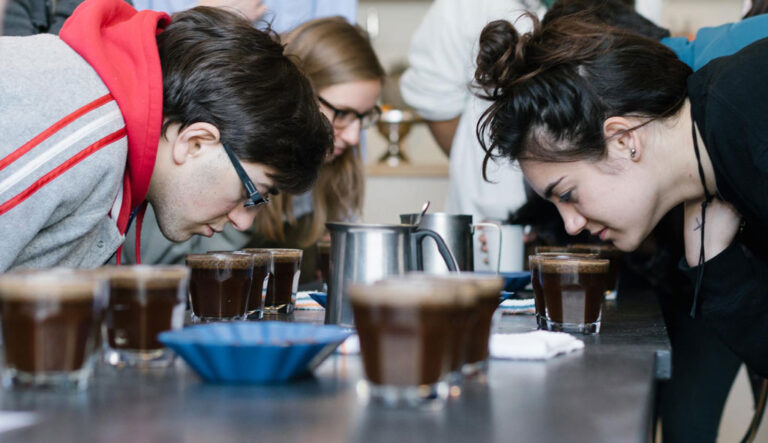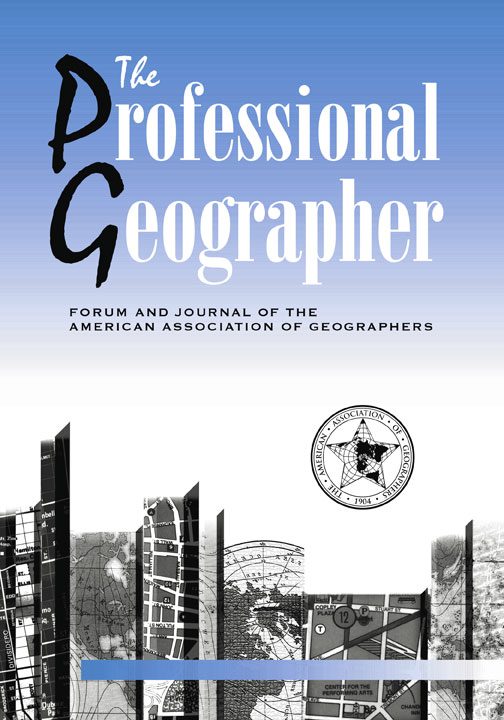AAG Holds Workshops on Public Scholarship at Virtual Regional Division Meetings
In response to the growing need and opportunity for geographers to enter into public scholarship, AAG recently developed a workshop to help our members–at all stages of your careers–share research and perspectives across different forms of public media.

Past AAG Presidents have often called for geographers to actively pursue opportunities to highlight their work in venues beyond academic journals. For example, Derek Alderman called for increased public communication and a broader publishing footprint under his geography is R.E.A.L. initiative, while David Kaplan argued that geographers must start developing alt-ac skills for the growing market.
To examine the challenges and options for public scholarship among geographers, the AAG staff members Coline Dony, Emily Fekete, and Lisa Schamess offered a fall workshop to respond to feedback from AAG members, in particular those who attended the AAG workshop on student recruitment at the 2019 Regional Division Meetings, as well as the AAG Regional Division Task Force. The workshop entitled “Getting the Word Out about Geography,”was offered at five Regional Division meetings held virtually throughout the fall: the Middle States meeting; the Mid-Atlantic Division joint meeting with the Race, Ethnicity, and Place Conference; the Southeast Division meeting; the West Lakes Division meeting; and the Southwest Division meeting.

“Getting the Word Out about Geography” sheds light on the wealth of public scholarship opportunities beyond conventional academic publishing, with options suited to varied stages of career, purpose, capacity, and interest. From social media and blogging to speaking engagements and articles for newspapers and other public outlets, the workshop connects these approaches to geographers’ ability to secure grants and acquire “alt-metrics” suitable for portfolios and tenure files. The fall workshop emphasized the great potential of making local connections, such as with community organizations, local libraries, museums, food banks, or service organizations that likely have newsletters or public programs that fit the research agendas of many geographers. For those interested in reaching beyond the local community, social media, personal websites, blogging, and popular social platforms such as Twitter, LinkedIn, and Instagram)were explored. The workshop also covered some aspects of how to gain notice from news outlets, neighborhood blogs, and local and regional magazines.

During guided breakout discussions, participants exchanged ideas and offered support to one another from their own experiences. Participants were also asked to suggest ways that AAG can help them pursue public scholarship.
Geography and the AAG depend on geographers like you. The more we work together to increase our visibility, the more opportunities will become available for geographers to take part in public scholarship.
For those attending the 2021 AAG Annual Meeting online, the workshop will again be held as part of the AAG’s professional development offerings. Information about the timing of the workshop will be available here as more details about the Annual Meeting schedule are released.


